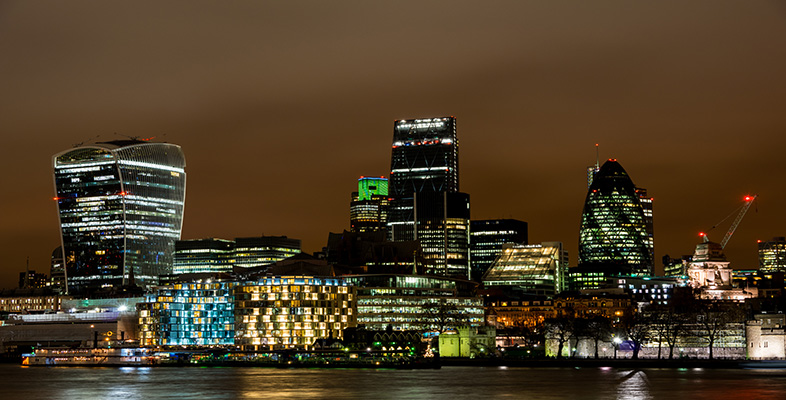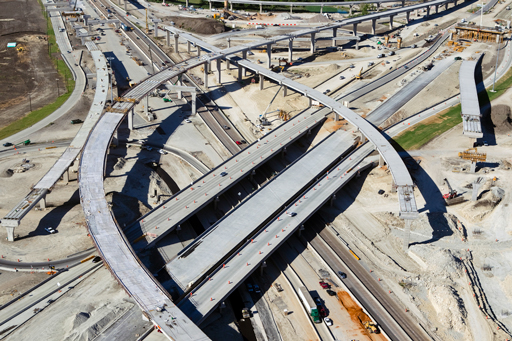4.3 Living on the knife-edge
In Harvey’s view of urbanisation, the ‘knife-edge’ negotiation between investment and devaluation leads to the generation of a whole host of crises:
- environmentally unsustainable patterns of transportation, provisioning and energy use
- financial collapse and insecurity
- underinvestment in public goods of affordable housing, clean water and sanitation or public health.
To underscore the key point, in Harvey’s causal narrative, cities are not just the locations in which these crises and challenges are felt; they are the incubators in which the conditions of these crises and challenges are bred and disseminated. In this view, global problems are not externally produced, and then ‘impact’ on places. They are internally generated by place-specific processes and the modes of relationship between places through which causes and consequences resonate across space and time.
Harvey’s causal narrative of urbanisation makes a particularly strong case for two related dimensions of the agency of urbanisation processes: as the generative force in the production of a range of pressing contemporary issues; and also for thinking of place-based, urbanised movements and organisations as having special responsibility and potential for creatively addressing these challenges.

